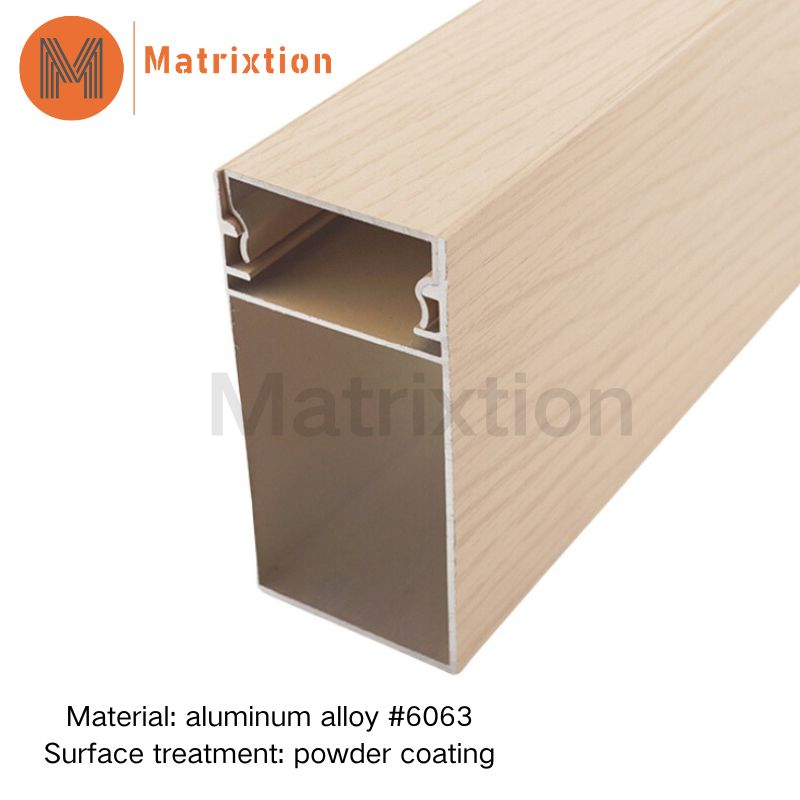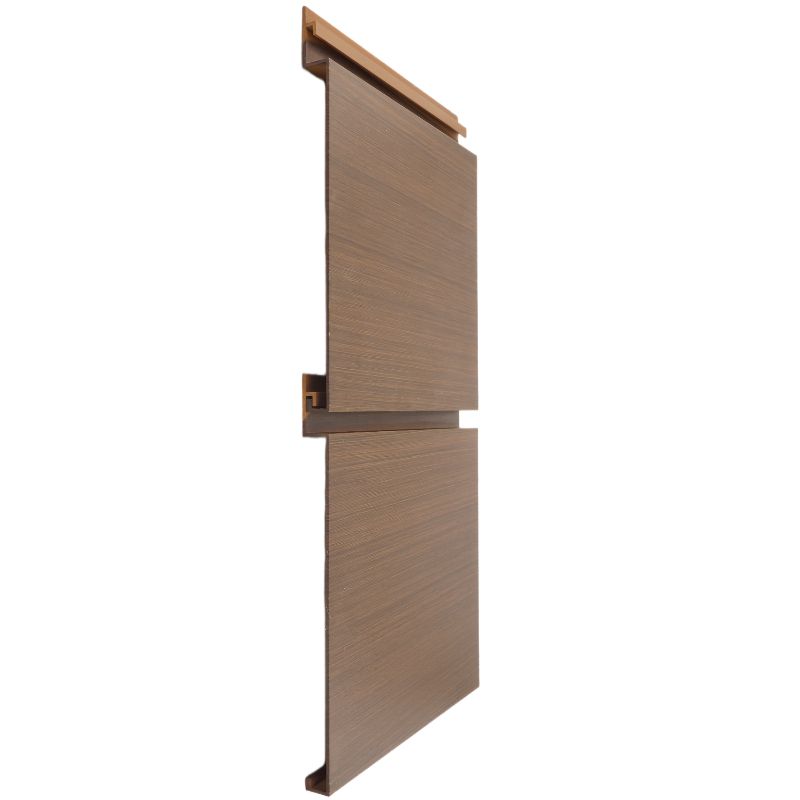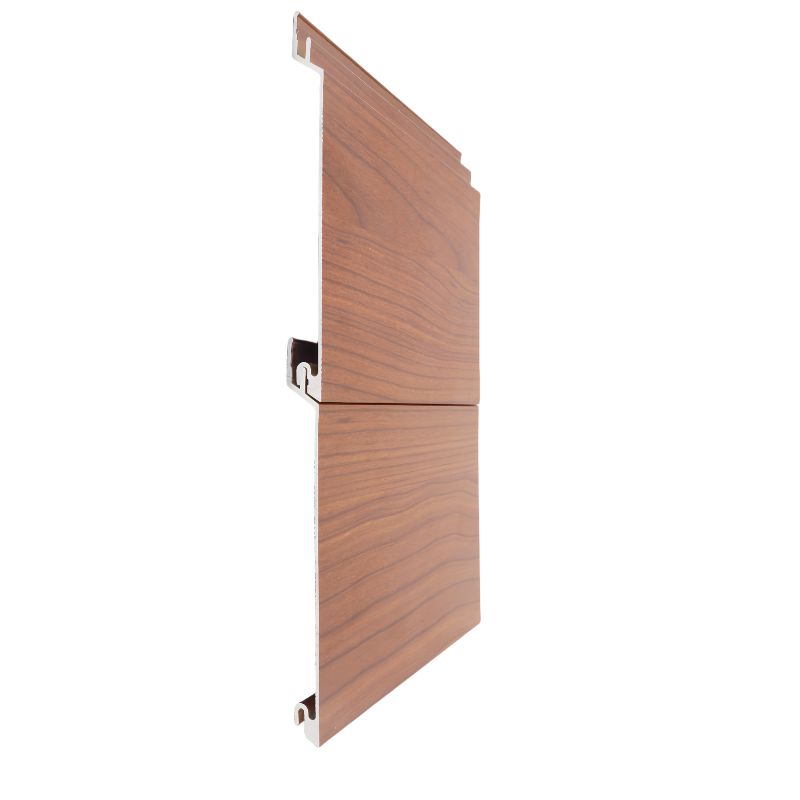In architectural design, exterior wall cladding is not only a protective element, but also a decorative design technique. With the development of the times, more and more buildings have begun to adopt aluminium building cladding. This material has become a hot topic among architects with its unique advantages and obvious disadvantages.
This article will comprehensively analyze the advantages and disadvantages of aluminium facade cladding to help building designers and developers better understand the characteristics of this material.

What are the pros of aluminium facade cladding?
1. Lightweight and high strength
The low density of aluminium, about one-third of steel, allows aluminium wall cladding to significantly reduce the overall weight of the building structure while maintaining high strength. This feature is particularly important in high-rise buildings, where the deadweight of the building is an important factor affecting the building design and infrastructure. Lightweight and high-strength materials can not only reduce construction costs, but also improve the seismic performance of the building.
2. Corrosion resistance
Aluminium naturally has good corrosion resistance. A layer of aluminium oxide film will form on its surface, which can effectively prevent further oxidation. This makes aluminium facade cladding perform well in various climatic conditions, especially in humid and rainy environments, where the corrosion resistance of aluminium is more prominent. This feature extends the service life of buildings and reduces maintenance costs.
3. Good plasticity
Aluminium has strong plasticity and is easy to process and shape. Architects can process aluminium into various shapes and sizes according to design requirements to meet the aesthetic and functional requirements of the building. In addition, there are various ways to treat the surface of aluminium, including painting, electroplating, anodizing, etc. These treatments can achieve rich colors and textures, adding a lot of color to the appearance of the building.
4. Environmental sustainability
Aluminium is a recyclable and environmentally friendly material. The recycling process of aluminium is relatively simple, and the performance of recycled aluminium is no different from that of new aluminium. This sustainability meets the current global requirements for environmental protection, making aluminium facade cladding one of the preferred materials for green buildings.
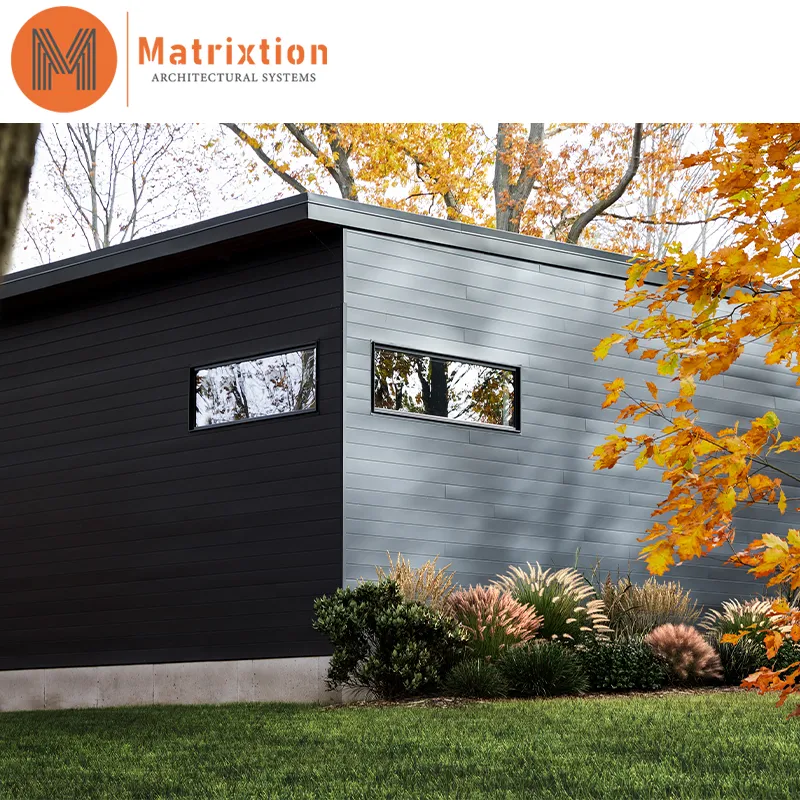
What are the disadvantages of aluminium building cladding?
1. High cost
Although aluminium has many advantages, its cost is relatively high, especially when applied over a large area. Compared with some traditional materials, aluminum has a larger initial investment. This may increase the budget of the construction project, which may become an important consideration, especially for some projects with limited funds.
2. Thermal expansion problem
Aluminum has a large thermal expansion coefficient, and changes in temperature will cause aluminum to have a significant thermal expansion and contraction effect. If this is not fully considered in the design and construction, it may cause deformation or even damage to the exterior wall cladding. Therefore, special attention should be paid to leaving enough expansion joints in the design stage to alleviate the problems caused by thermal expansion.
3. Insufficient fire resistance
Aluminum has a low melting point and is easy to deform or even melt at high temperatures. This feature makes aluminum wall cladding insufficient in fire resistance. In some buildings with high requirements for fire resistance, it may be necessary to add additional fireproof layers or adopt other fireproof measures to the aluminum exterior wall cladding to ensure the safety of the building.
4. Easy to scratch
The surface of aluminum is relatively soft and is easily scratched or otherwise physically damaged. Although the treated aluminum surface has good corrosion resistance, physical damage will affect the appearance and performance of aluminum. This means that during installation and use, special care should be taken to avoid scratches or collisions.
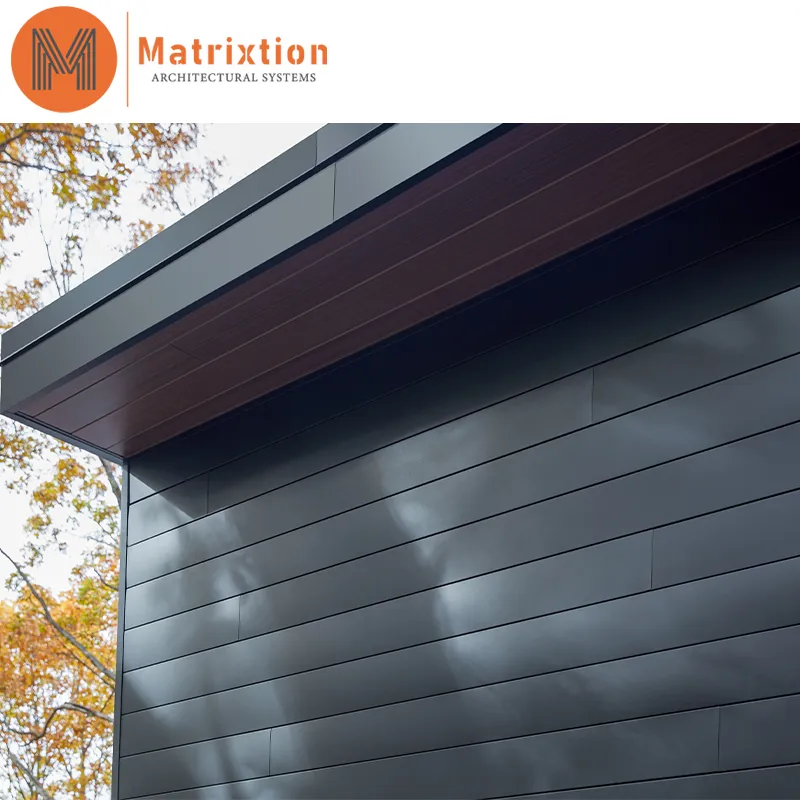
Application scenarios and case analysis
In order to better understand the advantages and disadvantages of aluminum facade cladding, we can analyze it through some actual application cases.
In many commercial buildings, aluminum facade cladding is widely used. For example, buildings such as shopping malls and office buildings that require both beauty and functionality use aluminum facade cladding to achieve a modern exterior design. These buildings are usually located in busy areas such as the city center, requiring the exterior walls of the building to be both eye-catching and durable.
In some high-end residential buildings, aluminum facade cladding is also a common choice. Developers use the design flexibility and diverse surface treatment technologies of aluminum to give residential buildings a unique visual effect. Especially in coastal areas, the corrosion resistance of aluminum can be fully utilized to ensure that the building still maintains a good appearance and performance under harsh climatic conditions.
Conclusion
In summary, aluminum wall cladding is a building material with many advantages. Its light weight, high strength, corrosion resistance, design flexibility and environmental sustainability make it widely used in the construction field. However, the disadvantages of aluminum such as high cost, thermal expansion problems, insufficient fire resistance and easy surface damage cannot be ignored. In practical applications, architects and developers need to reasonably select and use aluminum building cladding according to specific building needs, environmental conditions and budget constraints to give full play to its advantages and overcome its shortcomings.


